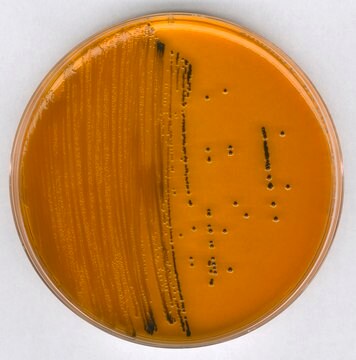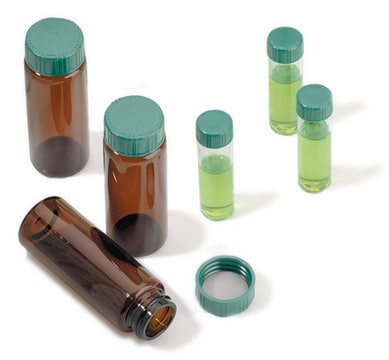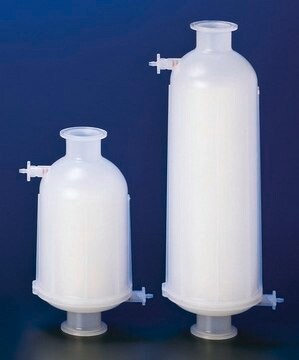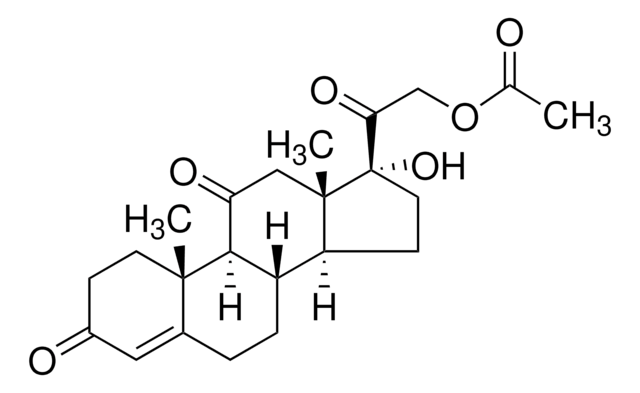C0867
Anti-CRTH2 (GRP44) antibody produced in rabbit
affinity isolated antibody, buffered aqueous solution
Sinónimos:
Anti-Chemoattractant Receptor-homologous Molecule expressed on TH2 Cells, Anti-Putative G-Protein Coupled Receptor 44
About This Item
Productos recomendados
biological source
rabbit
Quality Level
conjugate
unconjugated
antibody form
affinity isolated antibody
antibody product type
primary antibodies
clone
polyclonal
form
buffered aqueous solution
mol wt
antigen ~43 kDa by calculation
species reactivity
rat, mouse, human
technique(s)
western blot: 1:500-1:1,000 using CRTH2-transfected Jurkat cells
shipped in
dry ice
storage temp.
−20°C
Gene Information
human ... GPR44(11251)
mouse ... Gpr44(14764)
rat ... Gpr44(309212)
Categorías relacionadas
Immunogen
Application
Biochem/physiol Actions
Physical form
Disclaimer
¿No encuentra el producto adecuado?
Pruebe nuestro Herramienta de selección de productos.
Related product
Storage Class
10 - Combustible liquids
wgk_germany
WGK 3
flash_point_f
Not applicable
flash_point_c
Not applicable
Elija entre una de las versiones más recientes:
Certificados de análisis (COA)
¿No ve la versión correcta?
Si necesita una versión concreta, puede buscar un certificado específico por el número de lote.
¿Ya tiene este producto?
Encuentre la documentación para los productos que ha comprado recientemente en la Biblioteca de documentos.
Nuestro equipo de científicos tiene experiencia en todas las áreas de investigación: Ciencias de la vida, Ciencia de los materiales, Síntesis química, Cromatografía, Analítica y muchas otras.
Póngase en contacto con el Servicio técnico







